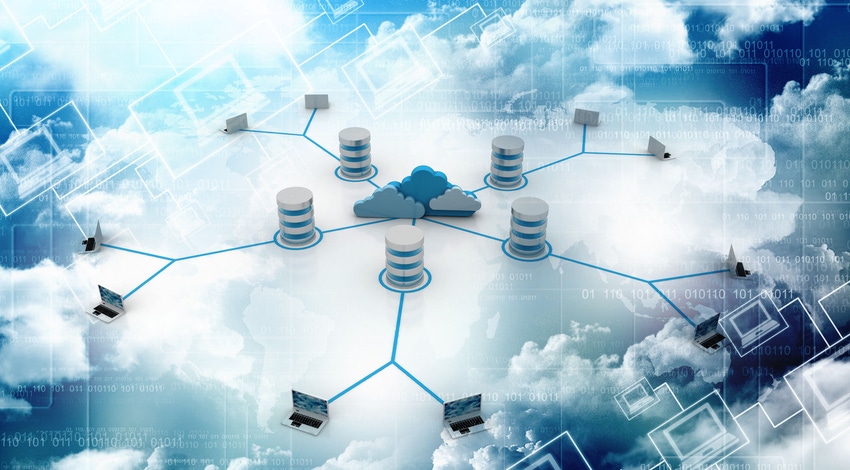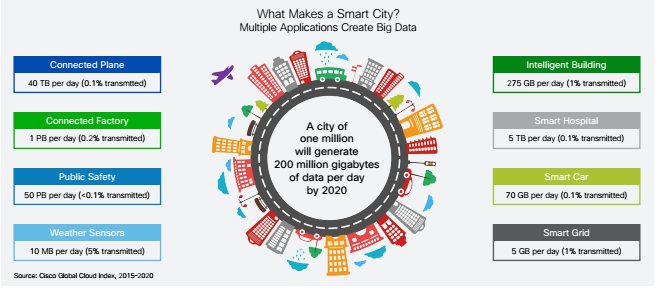Despite the telco industry being fascinated by 5G deployments in the build up to 2020, Cisco piped up to make sure we don’t forget about the cloud.
November 10, 2016

Despite the telco industry being fascinated by 5G deployments in the build up to 2020, Cisco piped up to make sure we don’t forget about the cloud.
Bringing out its crystal ball, Telecoms.com can only assume the report was written by a few of the teams ‘futurists’, though it would appear the cloud is taking over the world. No-one should be particularly surprised considering the power available to organizations around the world through the implementation of cloud computing, though ‘sexier’ buzzwords have cast a shadow over the cloud.
Although data centre traffic has been on the rapid increase over the last couple of years, the Cisco team think this is only going to explode further. Annual global data centre IP traffic will reach 15.3 zettabytes (ZB) by the end of 2020, up from 4.7 ZB per year in 2015. In terms of the data centres themselves, 92% of workloads will be processed by cloud data centres by 2020, with workload density (workloads per physical server) up to 11.9 from the 7.3 that it is today.
Despite security and residency concerns surrounding the world of public cloud, Cisco believe this will have mostly disappeared by 2020, with the team estimating 68% of the cloud workloads will be in public cloud data centres, compared to 49% today.
Part of this growth will be driven by the Internet of Everything (IoE), as the total amount of data created (and not necessarily stored) by any device will reach 600 ZB per year by 2020, up from 145 ZB per year in 2015. Due to the amount of information being collected and the desire of organizations to have this data analysed at the edge of the network, the Cisco team also believe the amount of data stored on devices will be 5 times higher than data stored in data centres, at 5.3 ZB.

Looking at the IoE side of things, growth in machine-to-machine connections and applications is also driving new data analytics needs. While the majority of these applications will not generate huge amounts of traffic, the volume of these devices is creating the challenge. Some of the analytics can be handled on the edge, though in some cases there will be a requirement for the cloud to play a role.
One of the main challenges engineers will have to face in the next couple of years is how to prioritize this information, but also where to analyse it. The functionality to manage local as well as central application management will be increasingly critical.
So while the world is getting hot and heavy for 5G and IoT, it should not forget the importance of the cloud. It may not be as ‘sexy’, but scalable, flexible and agile compute power and storage capabilities will drive the success of the industry.
About the Author(s)
You May Also Like








.png?width=300&auto=webp&quality=80&disable=upscale)


_1.jpg?width=300&auto=webp&quality=80&disable=upscale)


.png?width=800&auto=webp&quality=80&disable=upscale)